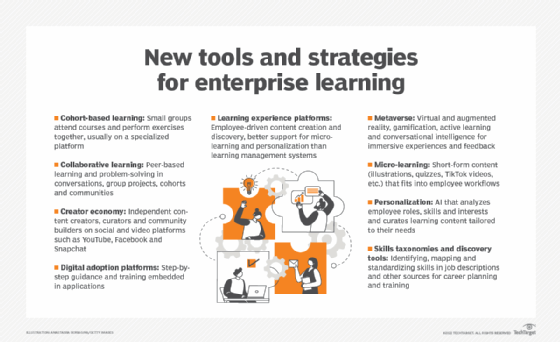What is an ePortfolio?
An ePortfolio is a personal website that showcases skills, experiences, and knowledge to an outside audience, such as graduate schools or potential employers. ePortfolios are websites that include the following:
- Consistent Message — A common theme that connects students’ experiences, often referred to as a personal brand
- Artifacts — Evidence of relevant experiences, such as an image, document, or video
- Reflection — Written content that contextualizes the significance of the artifact and experience for a professional audience
Why are ePortfolios Useful?
ePortfolios are a valuable tool to develop skills like critical thinking and communication as well as a platform to display these skills to an external audience.
- The process of creating an ePortfolio includes gathering evidence and reflecting on curricular and co-curricular experiences.
- Drawing connections between experiences and describing their value will prepare students for networking, applications questions, and interview situations.
- Faculty can use ePortfolios for formal and informal assessment to inform curricular revisions
How to Get Started?
To get started with an ePortfolio, follow the steps below.
- Determine where the ePortfolio fits within course content and current assignments.
- Revise or create assignments that lend themselves to artifacts for an ePortfolio.
- Show students how to archive their work through a logical and accessible process. This includes using consistent filegathering evidence. For example, students may create a folder for each course where they save final projects and reflections, naming the files.

